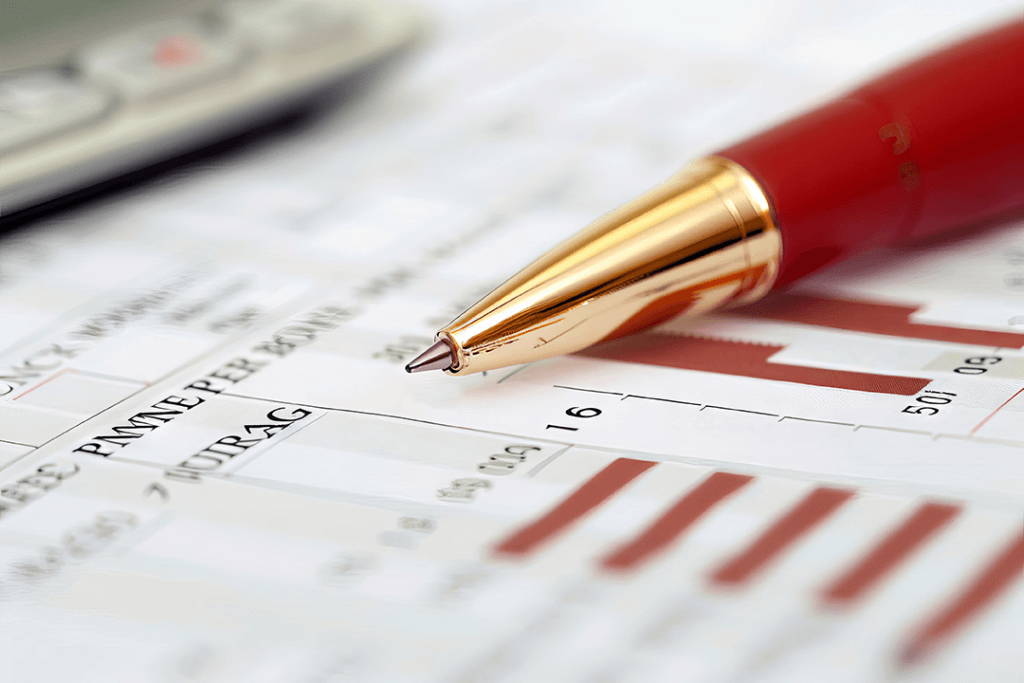Understanding Your Business’s P&L
Why It’s Crucial to Grasp Profitability

In the world of business, few documents are as fundamental to the success of a company as the Profit and Loss Statement (P&L), also known as the Income Statement. It provides a snapshot of your business’s financial health, tracking revenues, costs, and profits over a specific period. Understanding this key document is critical for any business owner because it not only informs you of your current financial standing but also equips you with insights to make better decisions, manage expenses, and ultimately grow your business.
What is a P&L?
A Profit and Loss Statement is a financial report that summarizes a company’s revenues, costs, and expenses during a specific period, typically monthly, quarterly, or annually. The P&L helps determine whether a company is profitable by calculating the difference between revenues (income) and expenses (costs).
The basic components of a P&L include:
- Revenue (Sales): This represents the total income generated from selling products or services.
- Cost of Goods Sold (COGS): These are direct costs related to the production of goods or services, such as raw materials and labor.
- Gross Profit: The difference between revenue and COGS. It reflects the amount of money the company retains after covering the direct costs of production.
- Operating Expenses: These are expenses related to running the business, excluding COGS. They include rent, utilities, salaries, and marketing.
- Operating Profit (EBIT): The gross profit minus operating expenses. It represents the profit generated from business operations before interest and taxes.
- Net Income (Net Profit): The final figure after deducting interest, taxes, and any other non-operational costs from operating profit.
Why is Understanding Your P&L Important?
The P&L statement offers an overview of profitability, which is essential for both short-term and long-term planning. Here’s why understanding your business’s P&L is so important:
1. Measuring Profitability
At its core, the P&L statement helps you determine if your business is profitable. By tracking revenue, COGS, and expenses, the statement reveals if your business is generating a profit or operating at a loss. Profitability is key to the survival and growth of your business, and the P&L allows you to measure this critical metric.
- Gross Profit Margin: This is the percentage of revenue that exceeds the COGS. A higher margin indicates that you’re efficiently managing production costs.
- Operating Profit Margin: This reveals how well your business is managing its operational expenses.
- Net Profit Margin: This figure shows how much of your total revenue becomes actual profit after all costs, taxes, and interest.
By analyzing these margins, you can assess where your business stands in terms of financial health and efficiency. If margins are low or declining, it’s a clear signal to address inefficiencies.
2. Cost Control and Expense Management
A deep understanding of your P&L helps in identifying areas where you may be overspending. By closely examining both COGS and operating expenses, you can spot inefficiencies and opportunities for cost-cutting or improving processes.
For instance:
- Are labor or material costs disproportionately high compared to revenue?
- Are overhead costs, such as rent or utilities, increasing without corresponding revenue growth?
Having these insights empowers you to control expenses, improve profit margins, and reinvest savings into more productive aspects of the business. Managing these costs is essential for maximizing profitability, particularly in competitive markets where pricing strategies can fluctuate.
3. Cash Flow Management

While the P&L statement focuses on profits, it also indirectly affects your cash flow. Profitable businesses should ideally have positive cash flow, but this isn’t always the case, especially if revenue is tied up in unpaid invoices. Monitoring the P&L helps ensure that cash flow remains consistent by providing insights into whether revenue is enough to cover current expenses and debts.
Understanding how expenses and income fluctuate allows business owners to anticipate future cash flow needs, particularly during slow periods or times of expansion. If expenses are consistently exceeding income, it may be time to review payment terms, inventory management, or invoicing strategies.
4. Strategic Decision-Making
The insights gained from the P&L statement are invaluable when making strategic decisions, from pricing products to expanding the business. Knowing where your business stands in terms of profitability can influence decisions such as:
- Hiring staff: Can the business support the addition of more employees without negatively impacting profits?
- Expanding locations: Is there sufficient profit to justify the costs of expansion?
- Product pricing: Are products priced correctly to ensure profitability while remaining competitive in the market?
These data-driven decisions are essential for minimizing risks and maximizing growth opportunities. Without a clear understanding of your P&L, these decisions would be made blindly, potentially leading to costly errors.
5. Securing Financing
If you ever need to apply for business loans or attract investors, the P&L statement will be one of the first financial documents lenders or investors will request. It provides a clear picture of your business’s ability to generate profit, manage expenses, and operate efficiently. A well-understood and healthy P&L can significantly improve your chances of securing financing.
Investors and lenders want to see positive trends in profitability, which indicates that your business is growing and capable of paying back loans or providing returns on investments. If your P&L reveals areas for improvement, it gives you the opportunity to make changes before approaching lenders or investors.
6. Tax Preparation and Compliance
At tax time, the P&L statement is critical in preparing accurate tax filings. Understanding your revenue, costs, and deductions ensures that you’re not only compliant with tax laws but also maximizing your deductions. This is especially important for businesses that can take advantage of deductions related to COGS, depreciation, interest, and other expenses.
By having a thorough grasp of your P&L, you can work with your accountant or financial advisor to optimize your tax strategy, reducing your tax liability and improving cash flow.
How to Analyze and Improve Your P&L

Once you understand your P&L, the next step is to analyze it regularly to identify trends and opportunities for improvement. Here are some ways to optimize your P&L:
- Monitor Revenue Growth: Compare your revenue from previous periods to ensure it’s growing steadily. If revenue is stagnant, it may be time to revisit your marketing strategies or diversify your offerings.
- Examine Cost of Goods Sold: Keep a close eye on production costs. Rising material costs, inefficient labor, or wasteful production methods can significantly impact your profitability.
- Scrutinize Operating Expenses: Regularly review your operating expenses to identify areas where costs can be reduced. For example, consider whether some tasks can be automated, or if certain fixed costs can be negotiated, such as rent or utility rates.
- Improve Gross Profit Margins: If your gross profit margins are shrinking, it may indicate an issue with pricing, COGS, or both. Evaluate your pricing strategy to ensure that it reflects the value of your products while covering your costs.
- Compare Trends: Review your P&L on a monthly or quarterly basis to spot trends. Are expenses rising faster than revenue? Are certain products or services more profitable than others? Identifying these trends allows you to make timely adjustments.
Conclusion
The Profit and Loss Statement is more than just a financial report; it’s a tool for understanding the overall health of your business. By regularly reviewing and fully understanding your P&L, you can make informed decisions that improve profitability, control costs, and drive the future success of your company.
Working closely with financial professionals who can help interpret the P&L, and making data-driven decisions, is key to sustaining and growing your business. When you understand your P&L, you’re not just tracking numbers—you’re building a foundation for long-term success.
FSMC Bookkeeping Services is here to help your business achieve success. Contact us today to schedule a free consultation.
